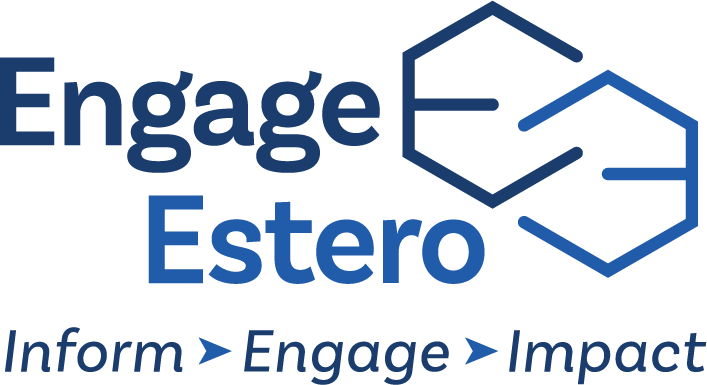Estero Fire Rescue, San Carlos Park Fire Protection and Rescue Service, and Bonita Springs Fire Control & Rescue District have an agreement for “Closest Unit Response”. This means if an Estero Fire Rescue unit is closer to an incident call in the Vines, they will...
What you need to know about Atrial Fibrillation or A-fib
A-fib is a severe cardiac (heart) disease! Do you have A-fib? If you answered no, how do you know? 10% of the 5 million US adults who have it have no idea they do! That’s 0.5M adults who have NO idea they have it. Are you one of them?
And to make matters worse, the odds of having A-fib increase exponentially with age. Again, you might say, no worries, I’ve just had a physician check-up – I even had an EKG – I’m all set. Not so fast! A-fib can be intermittent and even fleeting. Unfortunately, most of us know someone who had a recent physical exam and “dropped dead” soon after!
Although A-fib is potentially fatal, it is also very treatable. How many potentially deadly diseases do you know that are treatable and likely preventable? Let’s discuss it:
What is it, why is it so dangerous, what are the causes, if symptoms are present, what are they, how is the diagnosis made, and what are the treatments?
By Robert P. Belin, M.D. Member of Engage Estero’s Health Council and Chairman, Health and Wellness at Breckenridge.
What is It?
Atrial fibrillation is an irregular and often rapid heart rhythm that occurs when the electrical signals in the upper chambers of the heart (atria) become chaotic. Instead of contracting regularly and efficiently, the atria quiver in an uncoordinated fashion, leading to an irregular heartbeat.
Why is it Dangerous?
It’s dangerous because blood clots are allowed to form in the fibrillating chambers of the heart, break off, and go to the lungs as a PE (pulmonary embolism) and to any other tissue in the body, especially the brain, resulting in a stroke. BOTH potentially lethal consequences!
What Causes It?
An elaborate labyrinth of fibers controls the heart rhythm, which conducts an electric current from the Atria (upper chamber) to the ventricles (lower chamber). When this system is disrupted, A-fib may ensue. Why this happens and to whom is not known.
What are the Symptoms?
Although frequently not apparent should a fib be accompanied by symptoms, they may include feeling faint, dizziness, or lightheadedness, experiencing palpitations, pounding heartbeats, extreme fatigue, shortness of breath, chest pain, and others. It is also more commonly associated with some comorbidities such as age, preexisting heart disease, smoking, and high blood pressure, to name a few.
How is it Diagnosed?
The following are the most common procedures to diagnose AF: An Electrocardiogram (EKG); Wearing a Holter Monitor, a portable ECG device worn for 24-48 hours to detect intermittent AF episodes; or an Echocardiogram which uses sound waves to create images of the heart, identifying structural abnormalities.
How is it Treated?
Managing A-fib involves a comprehensive approach tailored to each individual. Some of the common treatment options include the following:
- Medication (with or without anticoagulation); Cardioversion (electrical shock to restore normal rhythm).
- Ablation (a minimally invasive procedure to destroy or isolate the abnormal heart tissue responsible for AF).
While we can’t prevent A-fib, we can mitigate the likelihood of it occurring by managing some underlying conditions such as diabetes and hypertension, adopting a healthy lifestyle, including a heart-healthy balanced diet, engaging in regular exercise, and avoiding excessive alcohol and tobacco.
Be Informed,
Get Engaged,
and Make an Impact!

Engage Estero is an all-volunteer, nonpolitical, nonprofit Community Engagement Association. We exist to inform citizens of significant community issues and encourage citizen engagement to favorably impact the quality of life in greater Estero.













